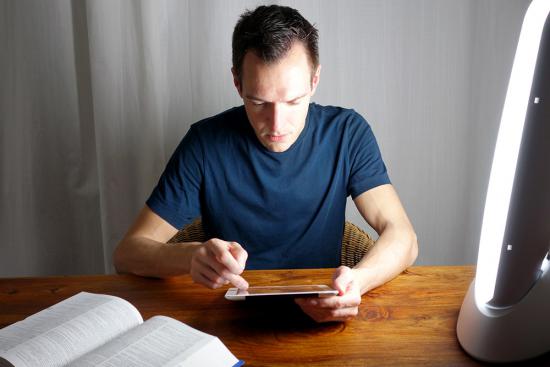
The days are getting shorter and with Daylight Savings Time added, it’s getting darker . . . earlier. Through the winter months, some people struggle with a form of depression called Seasonal Affective Disorder. According to the 5th edition of the Diagnostic and Statistical Manual of Psychiatry what we all commonly known as Season Affective Disorder (SAD) is actually a diagnosis of Major Depressive Disorder with a Seasonal Pattern. What this means is an individual has a history of depressive episodes with an onset at a specific time of year and episodes occurring more frequently and/or for a longer duration, during specific seasons.
Here are some symptoms of SAD:
- Low energy
- Hypersomnia
- Overeating
- Weight gain
- Craving for carbohydrates
- Social withdrawal (feel like “hibernating”)
- Difficulty concentrating
- Feeling sluggish or agitate
Treatment for SAD may include:
- Light therapy
- Medications and Vitamin D
- Psychotherapy
Talk therapy can be very effective in helping you cope with SAD in particular Cognitive Behavioral Therapy which involves replacing negative thoughts with more accurate or positive ones.
Selective Serotonin Reuptake Inhibitors (SSRIs) are used to treat SAD. Consult your physician. You may need to try several different antidepressant medications before finding the one that improves your symptoms without causing problematic side effects.
Vitamin D may also decrease some symptoms; studies have been mixed on its’ effectiveness so consult your physician about your intake of Vitamin D.
A light therapy box may be helpful to those with SAD. It mimics outdoor light to create a chemical change in the brain that lifts your mood and eases other symptoms of SAD. For light boxes to be beneficial, they must provide an exposure to 10,000 lux of light and emit as little UV light as possible. It is optimal that they are used within the first hour of waking up in the morning for about 20 to 30 minutes. The individual should sit about 16 to 24 inches from the light with eyes open, but not looking directly at the light. Make sure to purchase a light box specifically designed for treating SAD such as some of the ones listed here.
The Employee Assistance Program is here to help you navigate these colder and darker winter months. You may reach us by emailing at eap@osumc.edu or calling us at 800-678-6265. If you prefer to start your counseling process on line, access our on line service request for counseling click here.
Resource: NIMH » Seasonal Affective Disorder (nih.gov)
image credit: istockphoto.com
